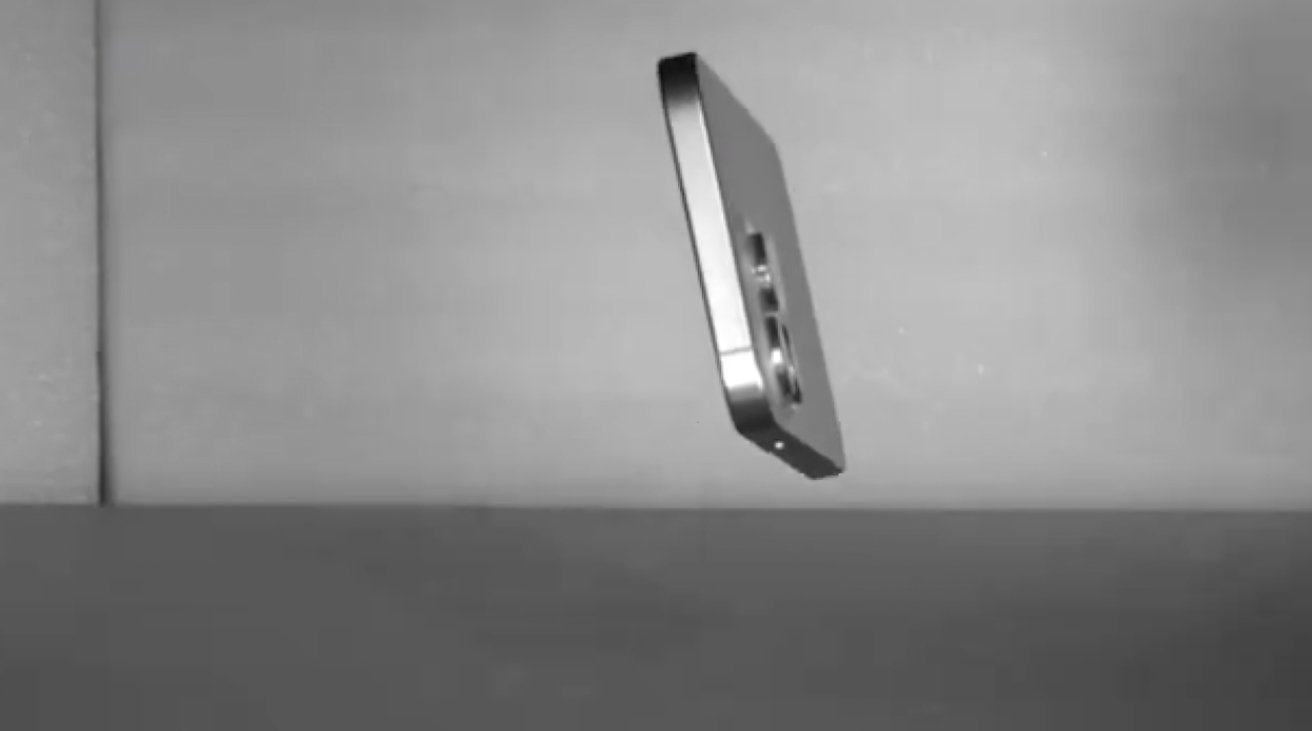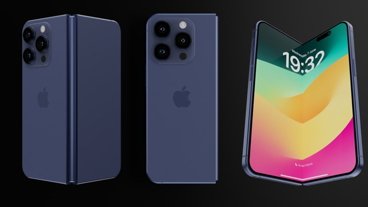Apple has revealed how iPhone and iPad drop tests should really be done — and are being done, thousands of times, in its durability testing labs.
YouTubers will buy one Apple device and smash it to pieces as pathetic clickbait. They always justify it, though, by saying these devices must be tested — and now Apple has politely suggested that they hold its beer.
Marques Brownlee, MKBHD — who doesn't smash up the devices that his YouTube channel covers — has been shown around Apple's testing labs for the iPhone. Every test any YouTuber ever makes on a device has been done by Apple first.
I recently got to visit some Apple labs where they durability test new iPhones before they come out, and learned a few things (THREAD)
— Marques Brownlee (@MKBHD) May 29, 2024
#1: Have you actually seen how they water test phones for IP ratings? (video) pic.twitter.com/Qh3hfmlmdn
In a thread on Twitter, MKBHD shows how in Apple's labs "there's an entire room of machines for water and ingress testing." They range from a simulation of light rain to "high pressure spray from a literal firehose."
Then there's the drop test, so beloved of YouTubers. Except in Apple's case, industrial robots perform hundreds of drops, and each drop is monitored in slow motion.
Add to this a shake test that can mimic an iPhone being in the pocket of someone on a motorbike, and overall Apple tests to a degree that inconceivable for any individual YouTuber. Then if any one did manage to match Apple's own testing, they'd also have to buy over 10,000 devices.
That's how many of a new iPhone model will go through preposterous levels of durability testing. At retail, that's a minimum of just under half a million dollars of iPhone — if you chose the lowest-cost iPhone SE.
Apple's head of hardware engineering, John Ternus, says that the company does pay attention to durability issues once a device is on sale, but that this all helps improve the in-house testing.
"We've found when we'll pull units back from the field and we'll find things and figure out how do we build a test that represents maybe this new use case that somebody's doing in the field," said Ternus, "and then that becomes a part of our test suite."
Ternus also argued that durability is the best option for the customer and the planet, even if to achieve that, Apple has to make it harder to repair devices.
"It's objectively better for the customer to have that reliability," he said, "and it's ultimately better for the planet because the failure rate since we got to that point have just dropped, it's plummeted."
"So you can actually do the math and figure out there's a threshold at which if I can make it this durable," continued Ternus, "then it's better to have it a little bit harder to repair because it's going to net out ahead."
That's a debatable point, at least according to Right to Repair advocates such as iFixit. That firm dissembles one of most Apple devices in order to assess its long-term repairability.
 William Gallagher
William Gallagher







-m.jpg)






 Bon Adamson
Bon Adamson
 Marko Zivkovic
Marko Zivkovic
 Amber Neely
Amber Neely
 Malcolm Owen
Malcolm Owen


 Christine McKee
Christine McKee



-m.jpg)






17 Comments
Referring to
I wonder if he can explain how the move to glass backs helped in durability?
Apple does not have to make devices harder to repair to achieve optimum durability.
Unfortunately, in some cases the point is basically moot because a repair can be so expensive that a user is 'encouraged' into getting a new device (or AppleCare of course).
Actually designing for repair would be a better option and is what that EU is edging towards. Apple has seemingly already made some minor concessions on that front. Maybe more to come?
I have long argued against waterproofing with seals if the waterproofing isn't covered by the warranty.
All the major manufacturers perform similar testing anyway and those making 'rugged' phones obviously do more.
The YouTubers do serve a purpose when it comes to comparing devices out in the real world. No matter the absurdity of some tests. Internal testing has to be conducted of course and there are very likely legal requirements on minimum levels but internal testing is inherently a non-public affair so no amount of screen scratch resistance marketing claims will ever be a substitute for a guy on YouTube trying to scratch a screen to death.
10,000 iPhones at retail would cost a minimum of $5M not $0.5M.
if you drop an iphone 4 on the ground, it breaks
if you drop an iphone 15 on the ground, it breaks
not belittling the hard work that goes into each gen of gorrila glass
but whats the benefit?
it still breaks when you drop it
and having a glass back now means i have the 2 largest surfaces that are delicate now
Not sure why Apple makes any products or Appleinsider bothers to write any articles as everyone on these forums appears to be way more knowledgeable than anyone that actually does something.